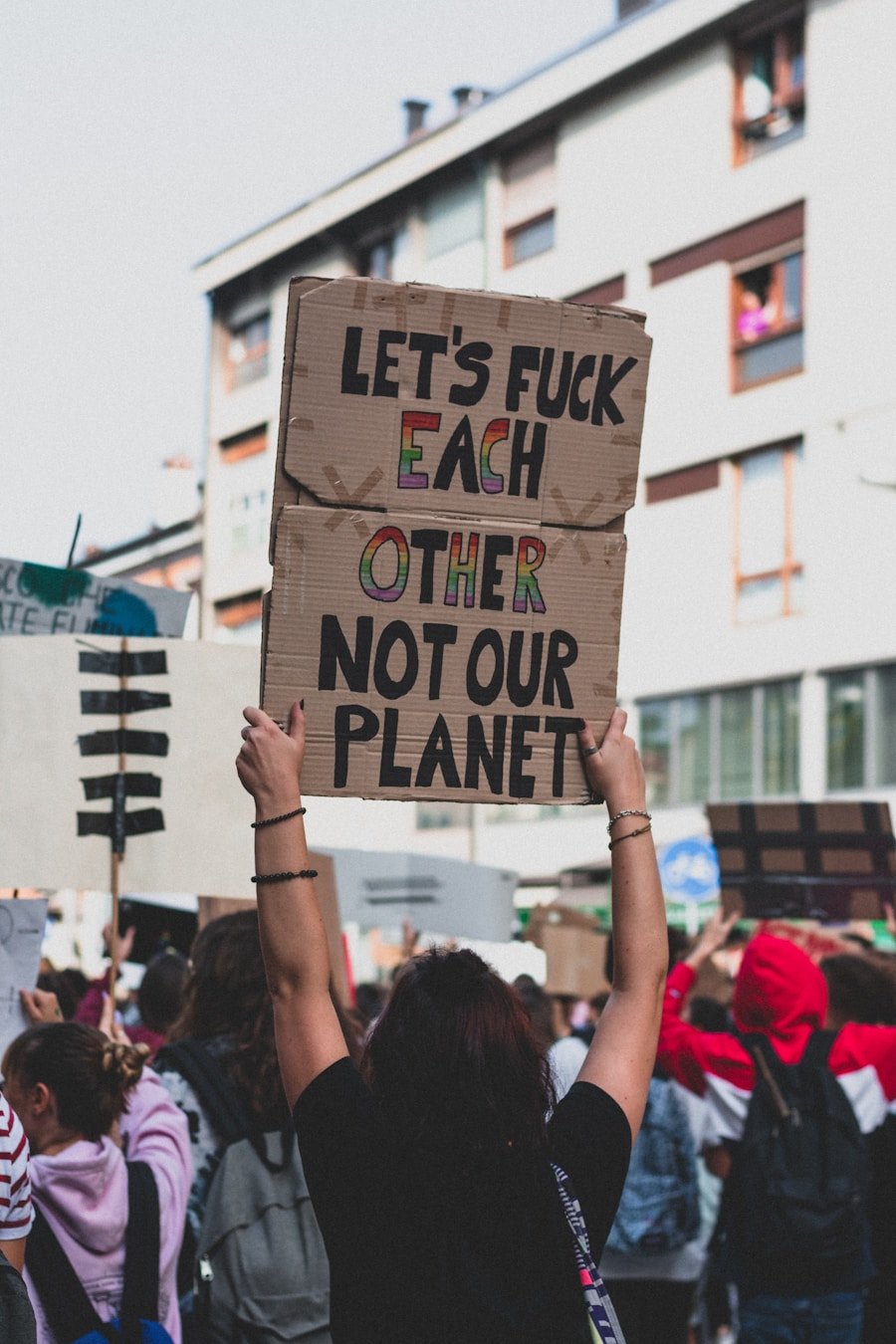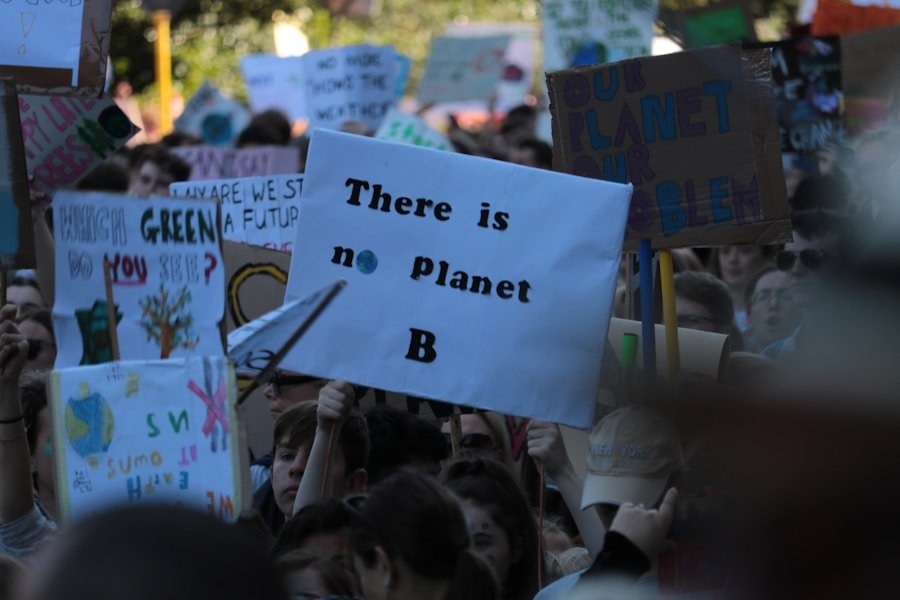Earth Day, celebrated annually on April 22, has a rich history that reflects the growing awareness of environmental issues over the decades. The inception of this global event can be traced back to 1970, a time when the United States was grappling with pollution, deforestation, and the aftermath of industrialization. It was a period marked by a burgeoning environmental movement, spurred by Rachel Carson’s groundbreaking book, “Silent Spring,” which highlighted the dangers of pesticides and their impact on wildlife.
Inspired by this awakening, Senator Gaylord Nelson sought to create a national day of awareness, leading to the first Earth Day celebration on April 22, 1970. This event mobilized millions of Americans, uniting them in a call for environmental reform and laying the groundwork for future environmental legislation. As you delve deeper into the history of Earth Day, you’ll discover that its impact quickly transcended national borders.
By 1990, Earth Day had evolved into a global phenomenon, with over 140 countries participating in various activities aimed at promoting environmental protection. This international expansion was fueled by the growing recognition that environmental issues are not confined to one nation; they are global challenges that require collective action. The United Nations recognized this need and subsequently designated April 22 as International Mother Earth Day in 2009, further solidifying Earth Day’s role as a catalyst for worldwide environmental advocacy.
Key Takeaways
- Earth Day was first celebrated on April 22, 1970, and was organized to promote environmental awareness and protection.
- Earth Day is important because it raises awareness about environmental issues and encourages people to take action to protect the planet.
- Earth Day is celebrated around the world with various events, activities, and festivals that promote environmental conservation and sustainability.
- To participate in Earth Day, individuals can take part in community clean-up events, plant trees, reduce their carbon footprint, and support environmental organizations.
- Environmental issues addressed on Earth Day include climate change, pollution, deforestation, and endangered species, among others.
The Importance of Earth Day
Raising Awareness and Fostering Action
Earth Day encourages individuals and communities to engage in discussions about climate change, pollution, and biodiversity loss, fostering a sense of urgency and commitment to action. By participating in Earth Day activities, you contribute to a larger movement that seeks to create a healthier planet for future generations.
Education and Empowerment
It provides a platform for organizations, schools, and communities to share knowledge about environmental issues and solutions. Through workshops, seminars, and community events, you can learn about sustainable practices that can be integrated into your daily life. This educational aspect is essential; it empowers you to make informed choices that positively impact the environment.
Taking Steps towards a Sustainable Future
Whether it’s reducing waste, conserving water, or supporting renewable energy initiatives, Earth Day inspires you to take actionable steps toward a more sustainable lifestyle.
Earth Day Celebrations Around the World

Earth Day celebrations vary widely across the globe, reflecting diverse cultures and local environmental challenges. In countries like India, Earth Day is often marked by tree-planting initiatives and community clean-up drives. These activities not only beautify local environments but also foster a sense of community and shared responsibility among participants.
In contrast, nations like Brazil focus on raising awareness about deforestation in the Amazon rainforest, organizing educational campaigns that highlight the importance of preserving biodiversity. In Europe, many cities host festivals that celebrate sustainability through art, music, and food. For instance, in cities like Berlin and Paris, you might find eco-friendly markets showcasing local artisans who prioritize sustainable practices.
These events not only promote environmental consciousness but also support local economies. As you explore these global celebrations, you’ll see how Earth Day serves as a unifying force that transcends cultural boundaries, bringing people together in their shared commitment to protecting the planet.
How to Participate in Earth Day
| Activity | Participation |
|---|---|
| Planting Trees | Over 1 billion trees planted worldwide on Earth Day |
| Community Cleanups | Millions of volunteers participate in local cleanups |
| Environmental Education | Thousands of schools and organizations hold educational events |
| Advocacy Campaigns | Millions of people sign petitions and support environmental causes |
Participating in Earth Day is an empowering experience that allows you to contribute to meaningful change. There are countless ways you can get involved, whether through individual actions or community initiatives. One simple yet impactful way is to engage in local clean-up efforts in parks, beaches, or neighborhoods.
By dedicating just a few hours to picking up litter and beautifying your surroundings, you not only enhance your community but also inspire others to take similar actions. Additionally, consider organizing or attending educational workshops focused on sustainability practices. These gatherings can provide valuable insights into reducing your carbon footprint and living more sustainably.
You might also explore virtual events if in-person gatherings are not feasible. Many organizations host online discussions and webinars that allow you to connect with experts and fellow advocates from around the world. No matter how you choose to participate, remember that every action counts; your involvement can inspire others to join the movement for a healthier planet.
Environmental Issues Addressed on Earth Day
Earth Day serves as a platform for addressing critical environmental issues that affect our planet today. Climate change is perhaps the most pressing concern highlighted during this day of awareness. As temperatures rise and weather patterns shift, communities worldwide face challenges such as extreme weather events and rising sea levels.
Earth Day encourages discussions about renewable energy sources and sustainable practices that can mitigate these effects. Another significant issue addressed on Earth Day is plastic pollution. With millions of tons of plastic waste entering oceans each year, marine life is severely impacted.
Events focused on reducing plastic use and promoting recycling initiatives are common during Earth Day celebrations. By raising awareness about these issues, Earth Day fosters a sense of urgency and encourages individuals to take action in their own lives—whether it’s reducing single-use plastics or advocating for policy changes that promote sustainable practices.
Earth Day Activities for Kids

Nature Scavenger Hunt
As children search for various plants, animals, or natural features in their local environment, they develop an appreciation for nature while learning about biodiversity.
Art Projects with Recycled Materials
Another engaging activity is creating art projects using recycled materials. Encourage kids to transform items like cardboard boxes or plastic bottles into creative masterpieces. This not only sparks their creativity but also teaches them about recycling and reusing materials instead of contributing to waste.
Instilling Values of Sustainability
By involving children in these activities, you instill values of sustainability and responsibility that will last a lifetime.
Earth Day Events and Festivals
Earth Day events and festivals are vibrant celebrations that bring communities together in support of environmental causes. These gatherings often feature live music, local food vendors, and educational booths where attendees can learn about various sustainability initiatives. In many cities, parks become hubs of activity as families gather to enjoy the festivities while engaging with local organizations dedicated to environmental advocacy.
Workshops are also a staple at these events, offering hands-on experiences related to gardening, composting, or renewable energy solutions. You might find demonstrations on how to create your own eco-friendly cleaning products or tips on starting a home garden. These interactive sessions empower attendees with practical knowledge they can apply in their daily lives.
By participating in these events, you not only celebrate Earth Day but also connect with like-minded individuals who share your passion for protecting the planet.
The Future of Earth Day
As we look toward the future of Earth Day, it’s clear that its significance will only continue to grow. With climate change becoming an increasingly urgent issue, Earth Day will serve as a crucial platform for advocacy and action. The next generation will likely face even greater environmental challenges than we do today; thus, instilling a sense of responsibility and urgency is paramount.
Moreover, technology will play an essential role in shaping future Earth Day celebrations. Virtual events have gained popularity in recent years, allowing people from all corners of the globe to participate in discussions and activities without geographical limitations. This trend may continue to expand as more individuals seek ways to engage with global environmental movements from their homes.
In conclusion, Earth Day is more than just a date on the calendar; it represents a collective commitment to safeguarding our planet for future generations. By understanding its history and significance, participating in celebrations worldwide, and addressing pressing environmental issues together, you become part of a powerful movement dedicated to creating a sustainable future for all. Your actions—no matter how small—can contribute to meaningful change and inspire others to join you on this vital journey toward environmental stewardship.
